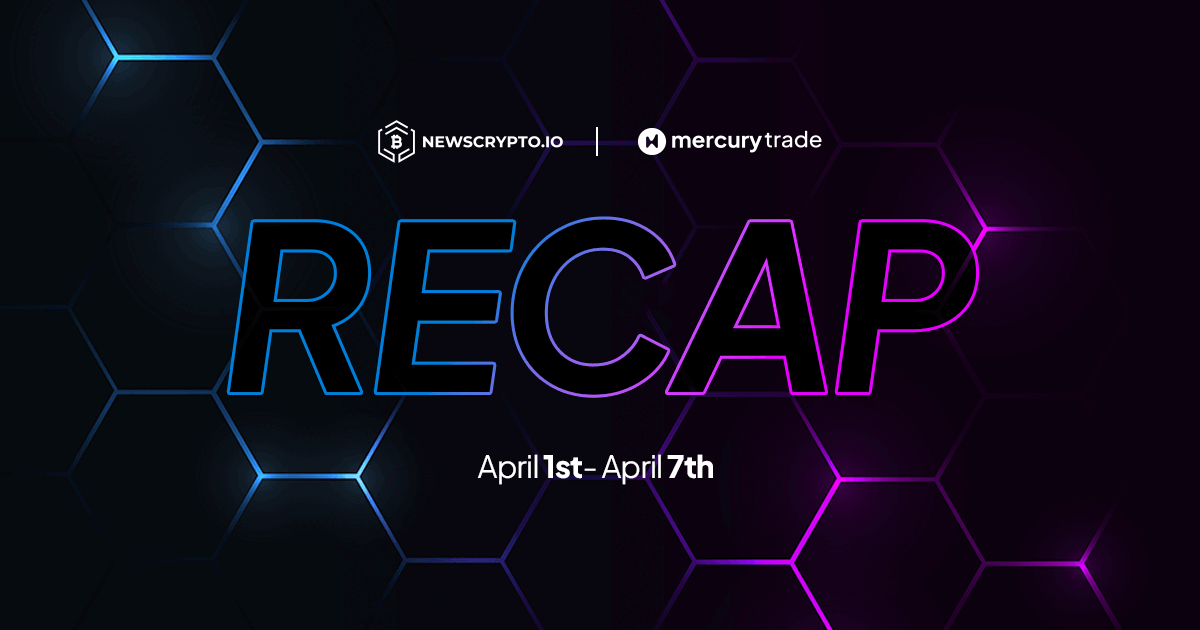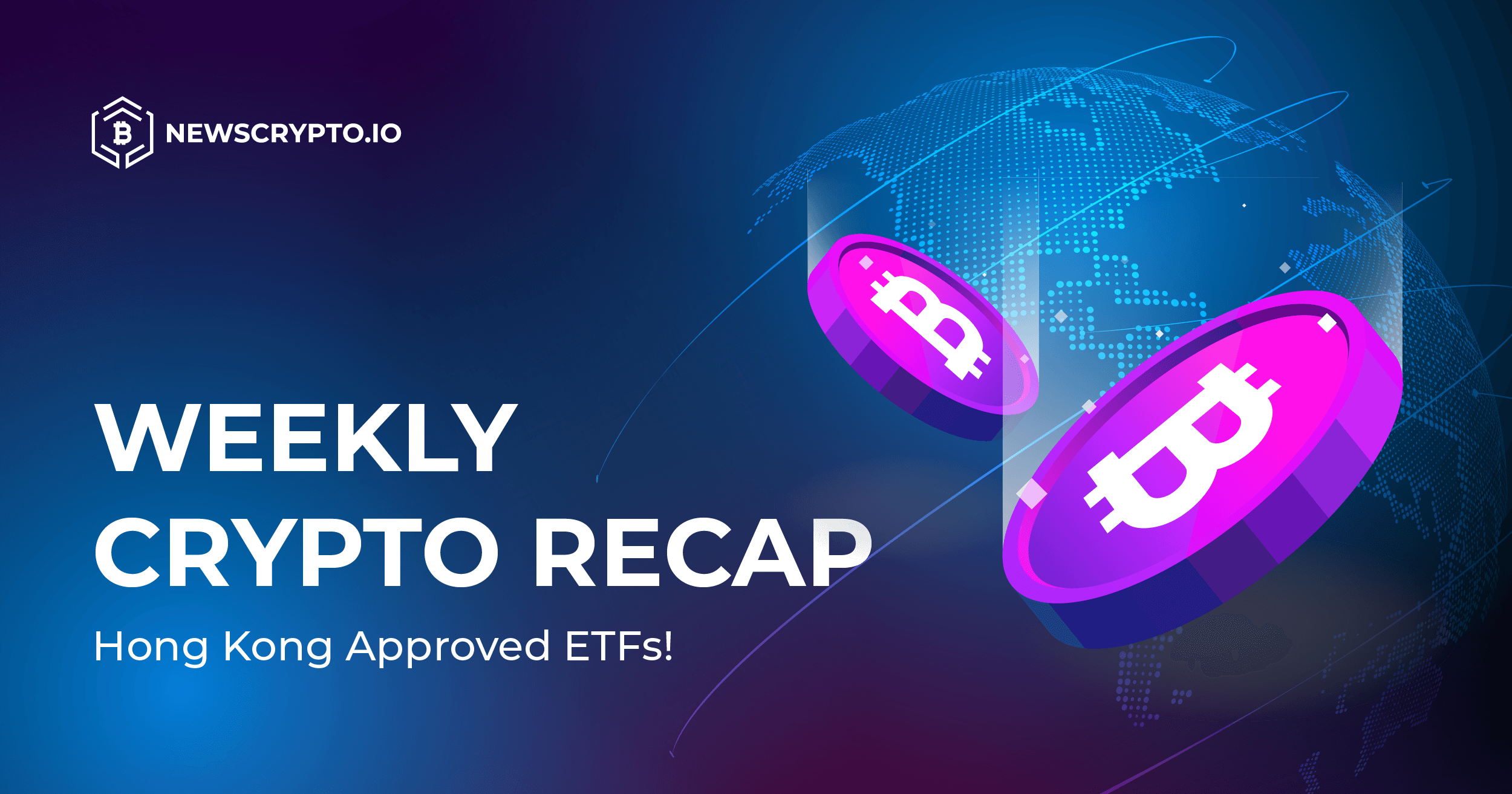The key solution that blockchain technology brings to the table is unquestionably decentralisation. While many people consider crypto to be decentralised as a whole, it’s important to point out that there is a whole spectrum of (de)centralisation in crypto. On one side there are centralised exchanges (CEXes) that operate pretty much like traditional banks and are completely centralised. On the other side there are DEXes, DAOs and certain protocols that run almost entirely in a decentralised manner. Since decentralisation has some tradeoffs, the place on its spectrum is determined by the use-case particular protocol has.
In addition to going over what decentralisation is, this blog will also cover how it is achieved, as well as examine pros and cons that come with it. Therefore, once you finish reading this article, you will have a deep understanding about the topic. If you’re ready to start learning, let’s dive right into it!
What Are Characteristics of a Decentralised System?
Crypto can be decentralised because of its underlying blockchain technology. What is it? Basically, it is the protocol that keeps the blockchain running. And what is a blockchain? In its essence it is a large database that stores all of the transactions into blocks, which get linked to the previously filled block once they run out of storage, forming a chain of data. Hence the word blockchain. What makes it superior to other forms of databases, is the fact that blockchain is immutable (unchangeable) and distributed. The former characteristic of the ledger means you can always be sure that the information it contains is accurate, while the other implies that the decision-making and control of it doesn’t come from a centralised entity, but rather from a group of participants in the network.
How is Decentralisation achieved?
As just mentioned, the decentralisation is achieved by scattering the network (and its hardware resources) among numerous network participants. This way the network, instead of relying on a single authority to verify and store a list of confirmed transactions, operates by giving a fragment of power to each network participant.
To take decentralisation even further, lots of crypto protocols make use of on-chain governance, which is a system for implementing changes to blockchain protocols in a decentralised manner. In this type of governance, there is a very specific rule book for introducing changes into the blockchain protocol. They are introduced to network participants (nodes) via code updates. Since each node (participant) either approves or rejects the proposed change, it makes the whole system much more trustworthy and egalitarian.
What are Benefits of Decentralisation?
The biggest advantage that comes with decentralisation is without a doubt the fact that participants don’t have to put trust into a single entity. Since every transaction needs to be verified by a decentralised network of computers, before getting added into a block, decentralisation gets rid of a potential error or bias by the individual (or a group that governs a centralised network).
What is more, in a decentralised blockchain network, the resources are scattered among numerous network participants, who all have a copy of the same data. Therefore in case anyone tries to alter the data in any way, they won’t succeed, as the majority of market participants will reject it.
Additionally, decentralisation also helps optimise the distribution of resources, giving users better performing and more stable service (the network can’t really have an outage).
Can Decentralisation Get Us Something For Nothing?
Unfortunately decentralisation also comes with a cost, therefore the degree of it should be applied prudently. In other words, the level of (de)centralisation (remember, there is a whole spectrum) should reflect a solution a particular protocol promises to bring to the table.
On the one hand there are very centralised protocols like Bitcoin which is immensely secure and resilient, but basically still operates the same way it used to at its inception, over 12 years ago. The level of decentralisation Bitcoin has is as high as it gets, but the tradeoff is that the protocol itself lacks scalability and isn’t as efficient as some competing protocols (The Bitcoin blockchain uses more electricity than some entire countries). Major updates on the Bitcoin blockchain are very rare, but some investors see it as a feature rather than a bug. Since it is widely perceived as a store of value most people don’t use it to carry out daily transactions, but hold it as a hedge against inflation.
On the other hand, there are protocols on the more centralised point of the (de)centralisation spectrum, which might not be so secure, but are way more robust. Relying on (tens of) thousands of network participants to verify a transaction not only delays the time until it gets added to the block (basically prolonging the time a transaction needs to go through), but can also lead to higher costs. Consequently, protocols from the centralised end of the spectrum prove to be much more efficient when it comes to networks designed to process as many transactions as possible in the shortest time frame possible.
Conclusion
The majority of cryptocurrency investors believe the future of finance, insurance and even real estate is going to be decentralised. We here at NewsCrypto are hard proponents of decentralisation as well. One of the ways, through which we’re trying to make our ecosystem as decentralised as possible, is our NWC token governance system which enables those that stake, hold or buy a membership on our platform to vote on new features and developments, as well as submit their own governance proposals. This shows that our community has always been our focus. We’re building the ecosystem for you, so of course we’re giving you the ability to shape its future with us!




